Our VisionEmpowering institutions to achieve their full potential through expert guidance, innovative solutions, and a commitment to quality and excellence

Our mission is to partner with schools and educational organizations to design and implement innovative solutions that enhance educational quality, streamline operations, and ensure readiness for accreditation and long-term success. We empower educational institutions by providing tailored consultancy services that drive excellence in teaching, learning, and school management. We are committed to fostering sustainable growth through professional development, strategic planning, and accreditation preparation.

EDUEVERYDAY consultancy management company offers expertise in developing comprehensive Strategic Improvement Plans tailored to the specific needs of organizations, such as schools, academies, institutions, education establishments. This service focuses on aligning an organization’s vision, mission, and objectives with actionable strategies to drive measurable progress.

This service helps educational institutions successfully prepare for compliance visits by accreditation bodies or inspection agencies. It ensures the institution meets required standards and demonstrates excellence in all operational, educational, and administrative areas.

This service focuses on designing and delivering tailored Continuous Professional Development (CPD) programs based on a comprehensive analysis of staff needs. It empowers educators and institutional staff with the skills, knowledge, and strategies required for improved performance, innovation, and alignment with organizational goals.

This service provides a comprehensive framework for designing, delivering, and evaluating a robust learning structure within educational institutions. It ensures alignment between curriculum objectives, instructional practices, and assessment strategies to maximize student learning outcomes and institutional effectiveness.
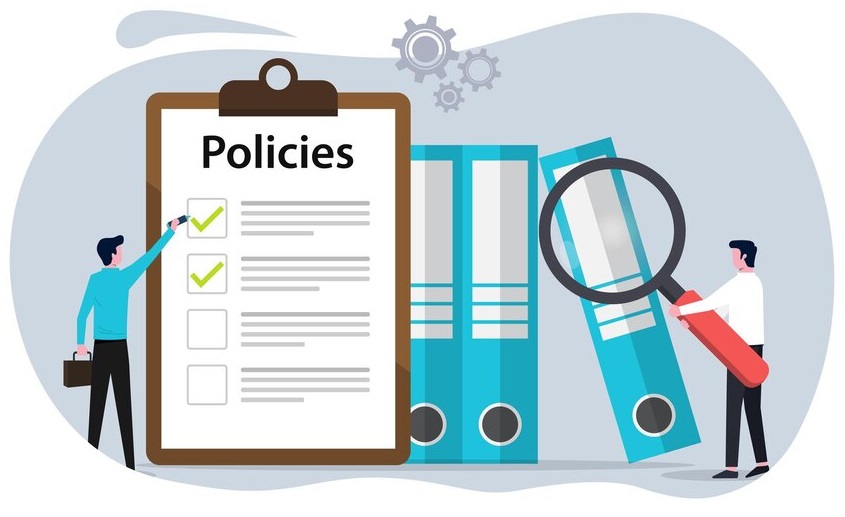
This service involves designing and providing a comprehensive organizational framework that includes clear policies, procedures, handbooks, and bylaws manuals. It ensures consistency, compliance, and efficiency in the operations of educational institutions or organizations, aligning with industry standards and legal requirements.
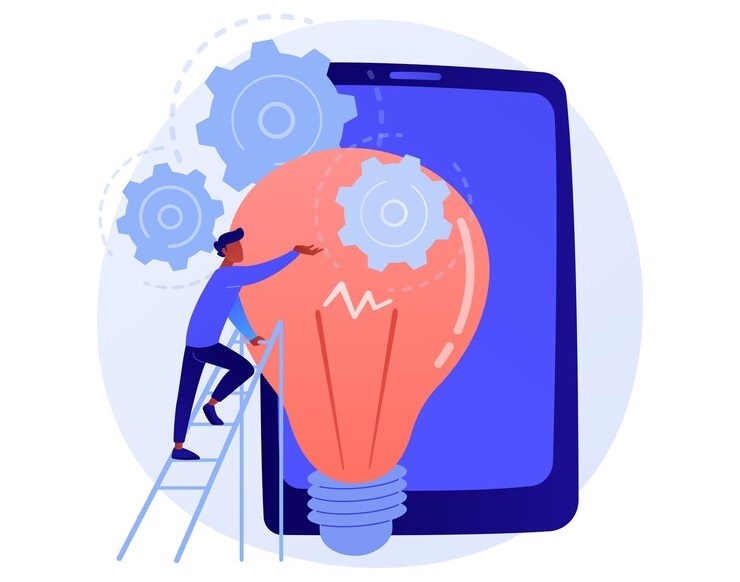
This service focuses on fostering a culture of innovation, entrepreneurship, and creativity within educational institutions or organizations. It equips stakeholders with the mindset, skills, and structures necessary to develop innovative solutions, entrepreneurial ventures, and creative programs that drive institutional growth and student success.
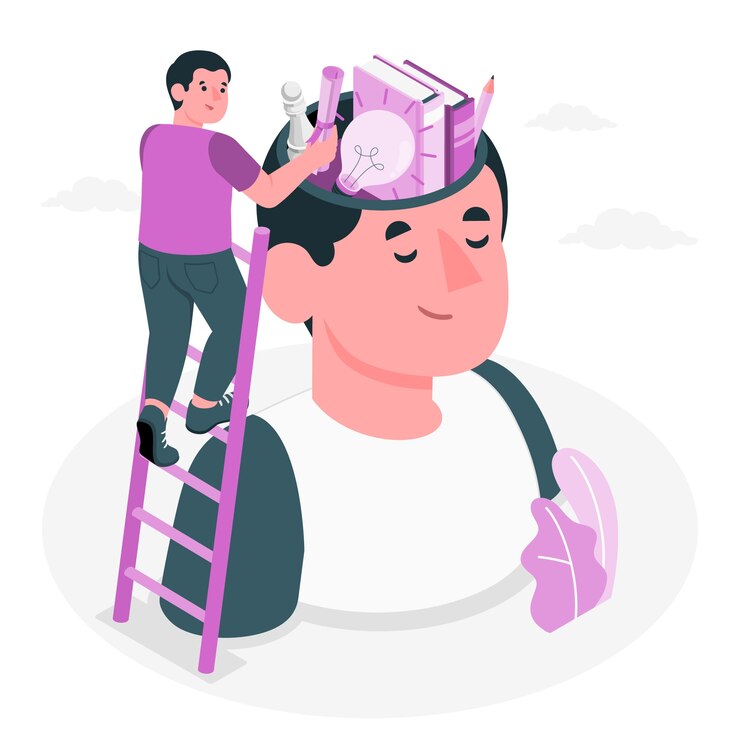
This service focuses on creating a comprehensive Social Emotional Learning (SEL) curriculum map that spans Kindergarten through Grade 12. It ensures a structured, age-appropriate, and research-based approach to nurturing students' social and emotional competencies, fostering a positive school environment, and supporting academic and personal success.
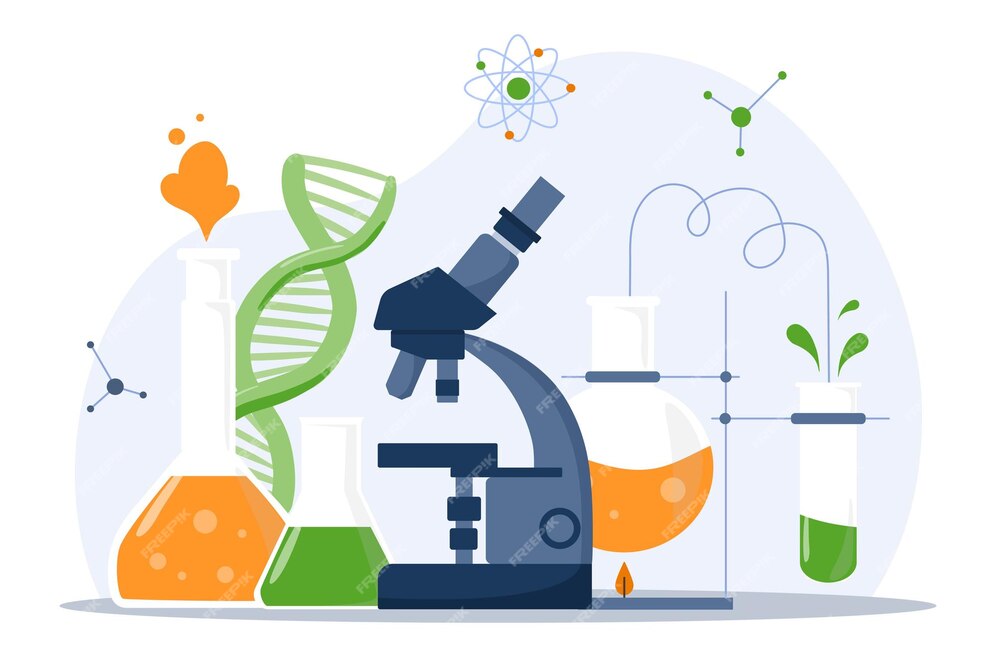
This service focuses on the design and implementation of a comprehensive STEM (Science, Technology, Engineering, and Mathematics) program that enhances student learning and fosters skills in critical thinking, problem-solving, and innovation. It includes curriculum development, lab design, and the integration of effective teaching methodologies that promote hands-on learning and real-world application.
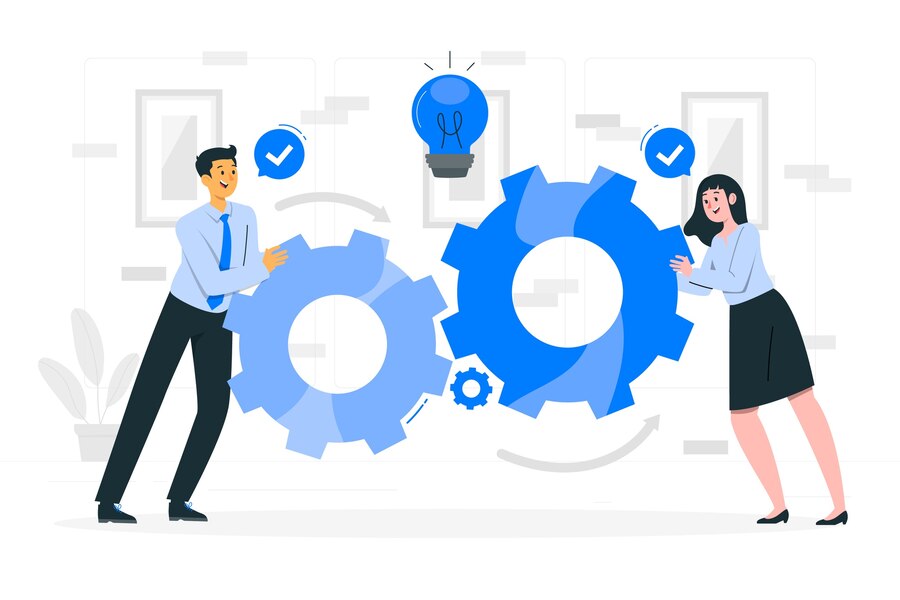
This service focuses on optimizing the internal operational framework of schools and educational institutions. It ensures efficient management of resources, staff, and processes, leading to enhanced operational performance, improved student outcomes, and sustainable growth. It includes the development of organizational systems, resource management, and the design of operational workflows that align with the institution's mission and goals.

This service focuses on the provision and management of essential learning resources within educational institutions, ensuring that both students and teachers have access to high-quality materials and tools that enhance teaching and learning. It covers the selection, acquisition, organization, and utilization of resources that support curriculum delivery, foster student engagement, and promote an inclusive and accessible learning environment.

This service focuses on the strategic management, implementation, and optimization of technology within educational institutions to support teaching, learning, administrative functions, and overall institutional growth. It encompasses the integration of digital tools, infrastructure management, cybersecurity, and professional development for staff, ensuring that technology is effectively leveraged to enhance educational outcomes and operational efficiency.

Advisory services for educational institutions are designed to provide expert guidance and support to help schools, colleges, and other educational organizations navigate challenges, improve performance, and drive strategic growth. These services include expert consultation on governance, academic and operational effectiveness, curriculum design, compliance, stakeholder engagement, and more. The goal is to offer tailored advice based on the institution’s unique needs, ensuring they meet their educational objectives and stay competitive in a rapidly evolving landscape.

Consultancy services for educational institutions are comprehensive, tailored solutions provided by external experts to help schools, colleges, universities, and other educational organizations enhance their performance, implement change, solve specific challenges, and drive continuous improvement. These services typically include a combination of advisory, strategic, operational, and implementation support, aimed at optimizing all aspects of an institution’s function—from leadership and governance to curriculum design, staff training, and technology integration. Consultancy services are customized to fit the unique needs and goals of each institution, with a focus on improving educational quality, compliance, operational efficiency, and stakeholder satisfaction.

Operation and strategic management advisory services are designed to help educational institutions optimize their day-to-day operations while aligning their long-term strategies with the institution’s mission, vision, and educational objectives. These services provide expert guidance in areas such as operational efficiency, resource management, strategic planning, organizational structure, financial sustainability, and leadership. The goal is to enhance institutional performance, improve student outcomes, and ensure that the organization remains adaptable to changing educational trends, regulations, and market demands.